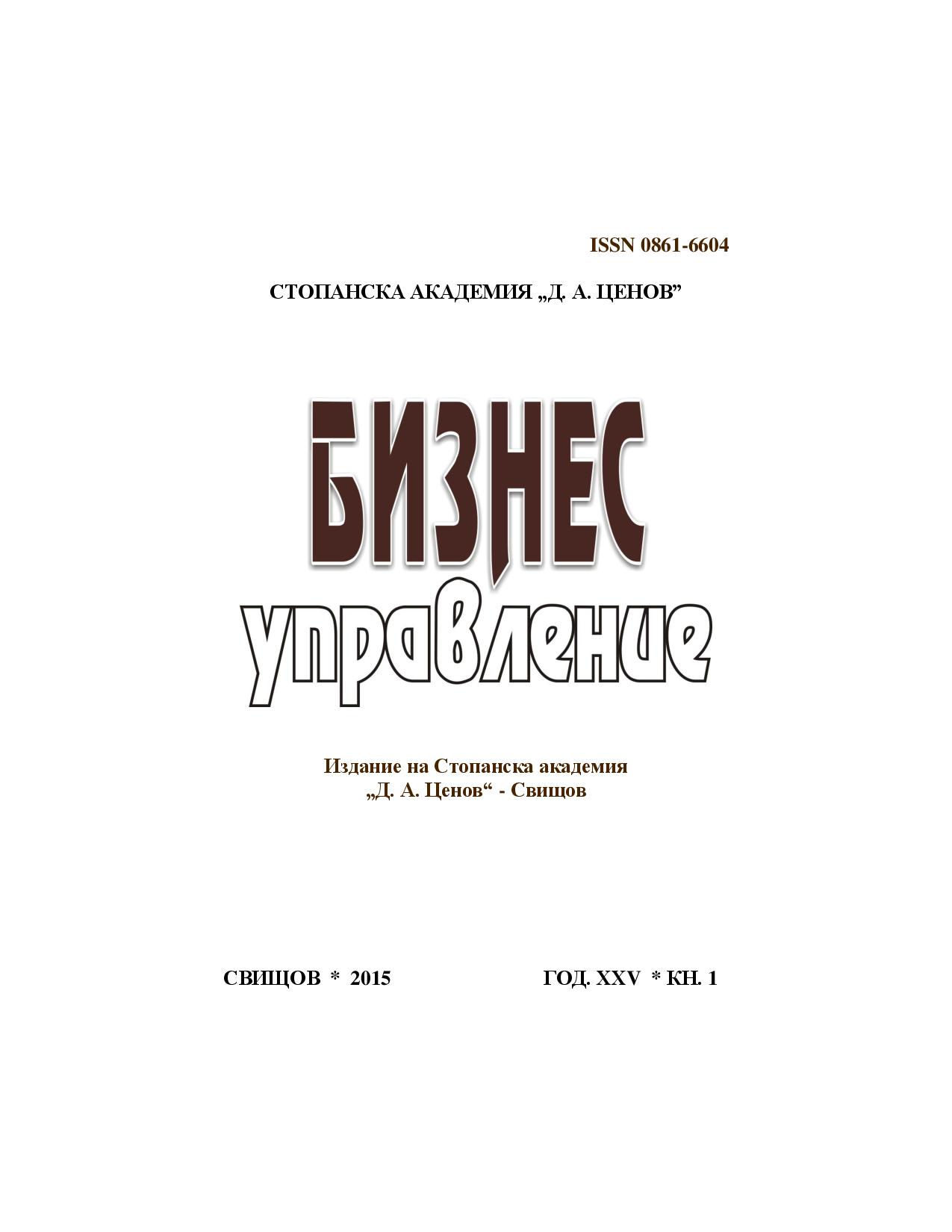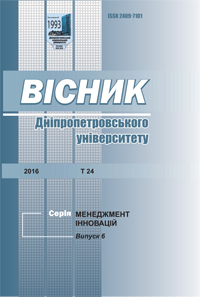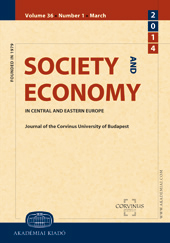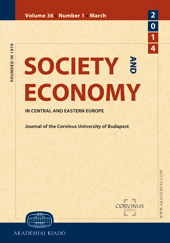Author(s): L. Yaniv,Olga Zinchenko / Language(s): Ukrainian
Issue: 6/2016
In the period of crisis situation in the economy and socio–economic instability in Ukraine, the problem of the budget deficit is very acute. In recent years the state budget of Ukraine has faced such a big problem as the deficit, due to the excess of spending over income of the state budget.The purpose of writing this article is to research into existing problems of the deficit of the state budget of Ukraine, substantiate causal relationships in the system of insufficient funding of state activities and development of ways of its optimization. During the study we analyzed scientific papers by Ukrainian scientists and experts who explore the problem of the deficit of the state budget, legislative and government materials. We used the following general scientific methods: method of cognition, method of analysis, method of analysis and synthesis, as well as the method of comparison.The essence of the deficit of the budget system and the reasons of its occurrence in Ukraine was considered. Underlying causes of budget deficit in Ukraine are slump in production, decrease in the efficiency of functioning of industries and businesses, unreasoned socio–economic policies, which led to a decline in the volume of gross domestic product and national income. This naturally caused a decrease in the volume of financial resources in the state and reflected in the indicators of the budget in the form of long–term deficit.We defined the dependence of the budget deficit on the government debt. It is established that there is a close relationship between the size of the budget deficit and state debt. Budget deficit increases national debt, and rising debt, in turn, requires additional expenditures for its service and thereby increases the budget deficit.The links of budget deficit to the country's economy were identified. We discovered the consequences of raising interest rate, which, on the one hand, reduces investment attractiveness in the domestic market of the country, on the other hand increases the attractiveness of the foreign financial investments in the country. Significant currency flows lead to the growth of the debt and, as a result, the growth of the currency exchange rate, reduction in the net exports of goods and decreased indicators of investment activity. This reduction is the reason for reducing the level of labour productivity and real income in all of its forms that provokes a decrease in investor confidence, and hence, reduces foreign investment programs and increases the withdrawal of capital abroad.The ways of overcoming budget deficit were substantiated that are based on improving the taxation system, attracting personal savings of the population to the investment sphere, providing financial support to small and medium businesses, enhancing the responsibility of businesses, strengthening control over the payment of state money, reforming taxation system, improving normative and legal support of the budget process.The scientific novelty of the research lies in the establishment of causal relationships of budget deficits for the scientific substantiation of budget management in the period of the structural transformation of the economy.The practical result is to identify ways of reforming the budget system of Ukraine and its transition to the investment model.A promising direction for further research in this area is developing a model of the budget process on the basis of causal relationships, which is capable of detecting the risks of deficiency and minimizing their impact.
More...
















